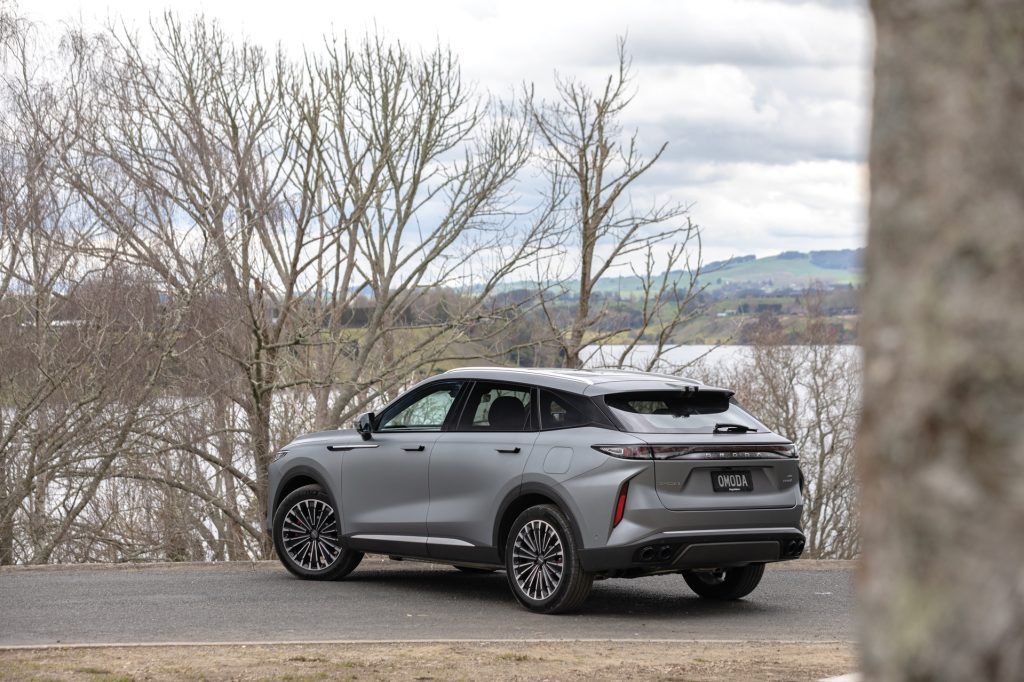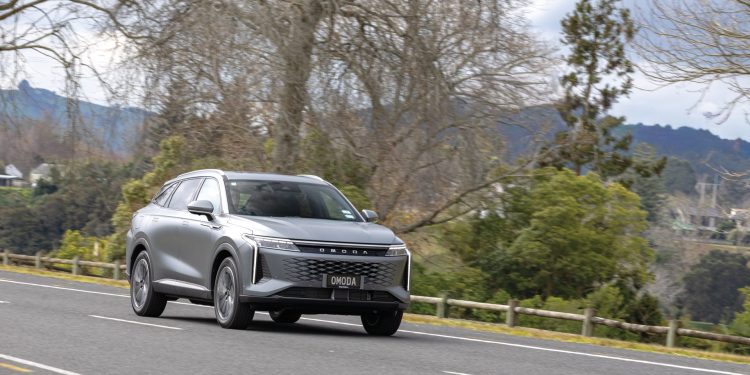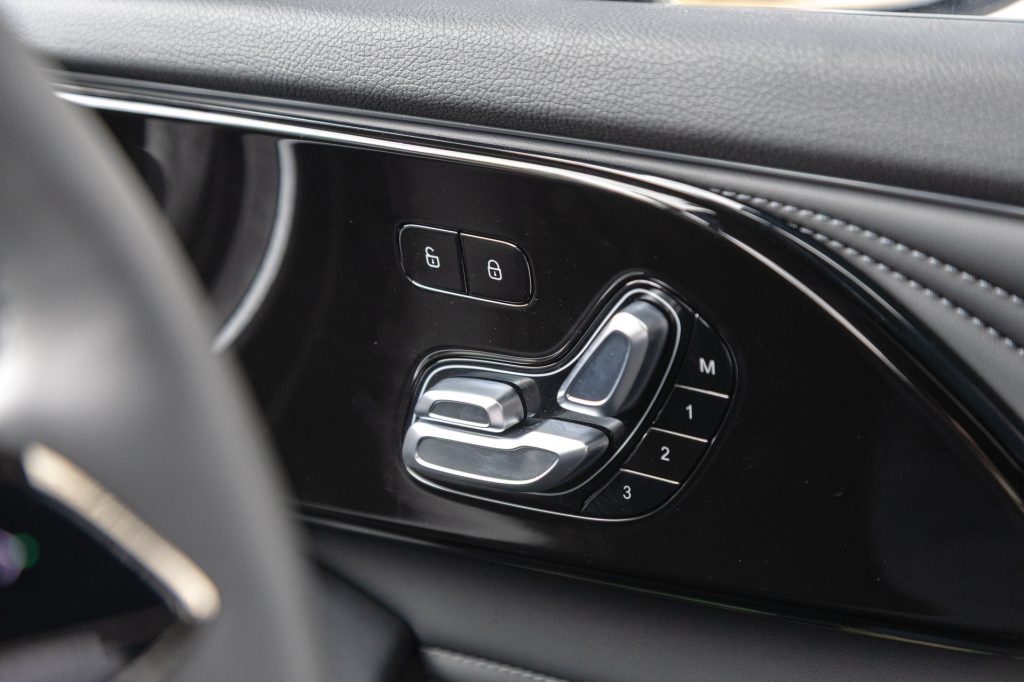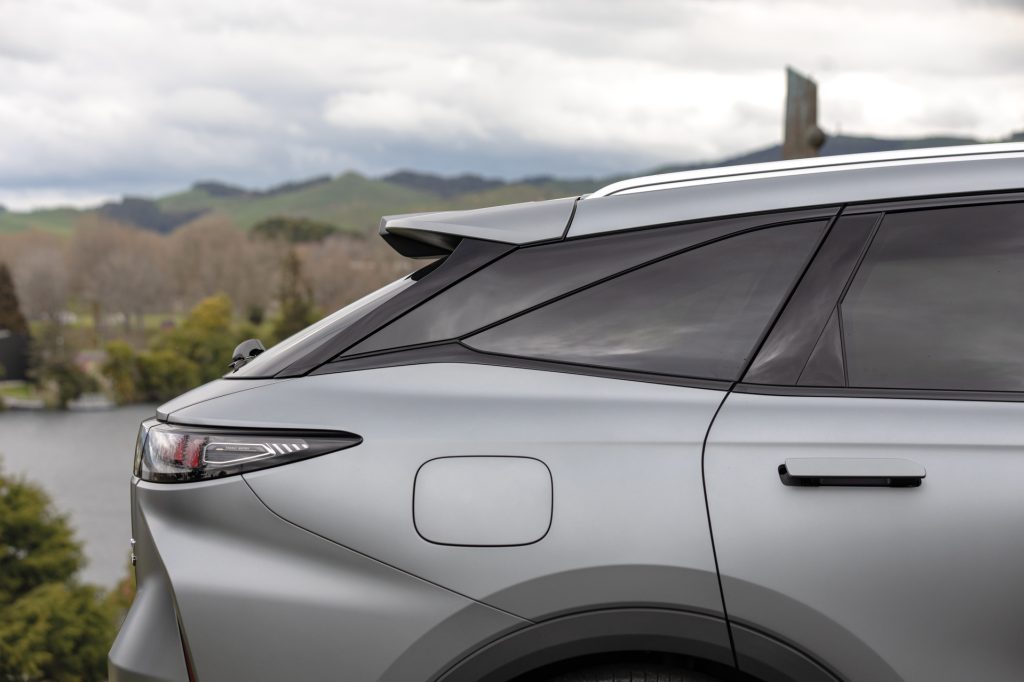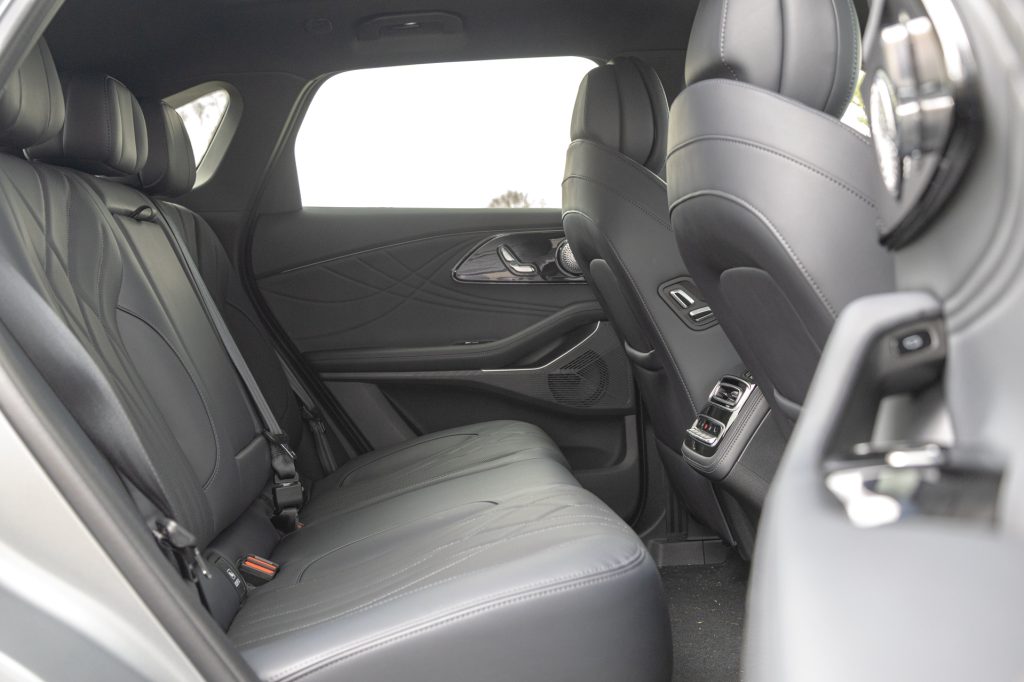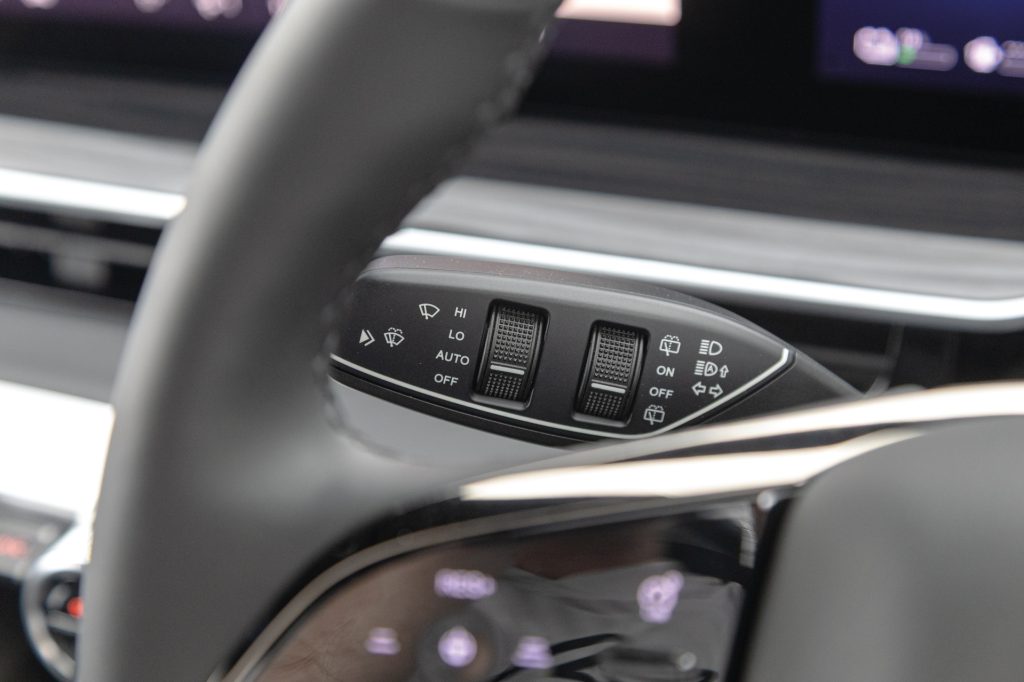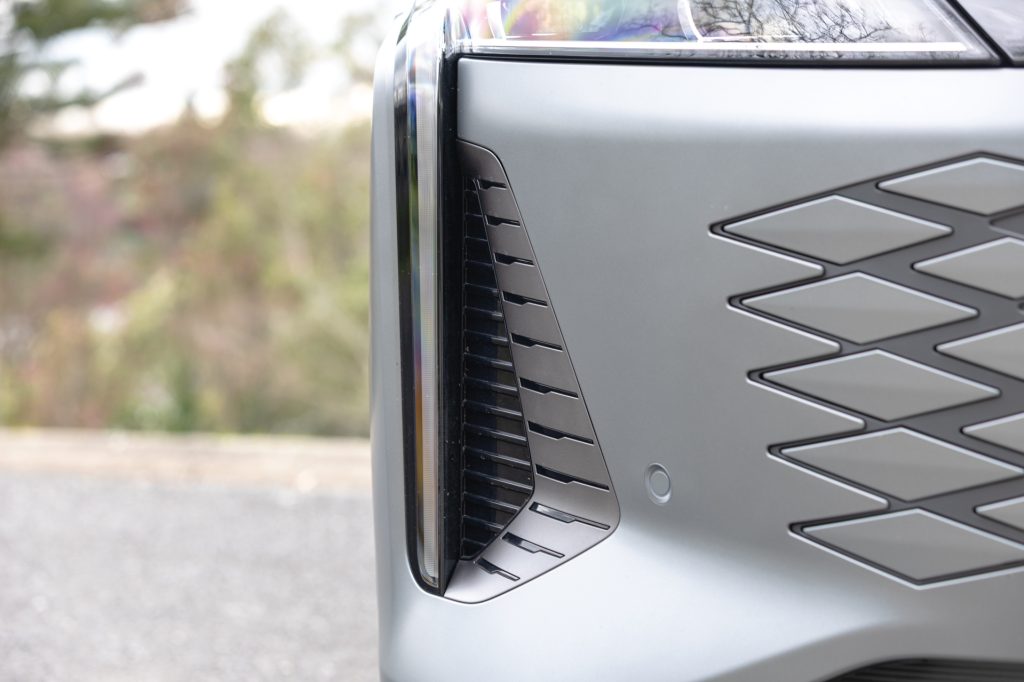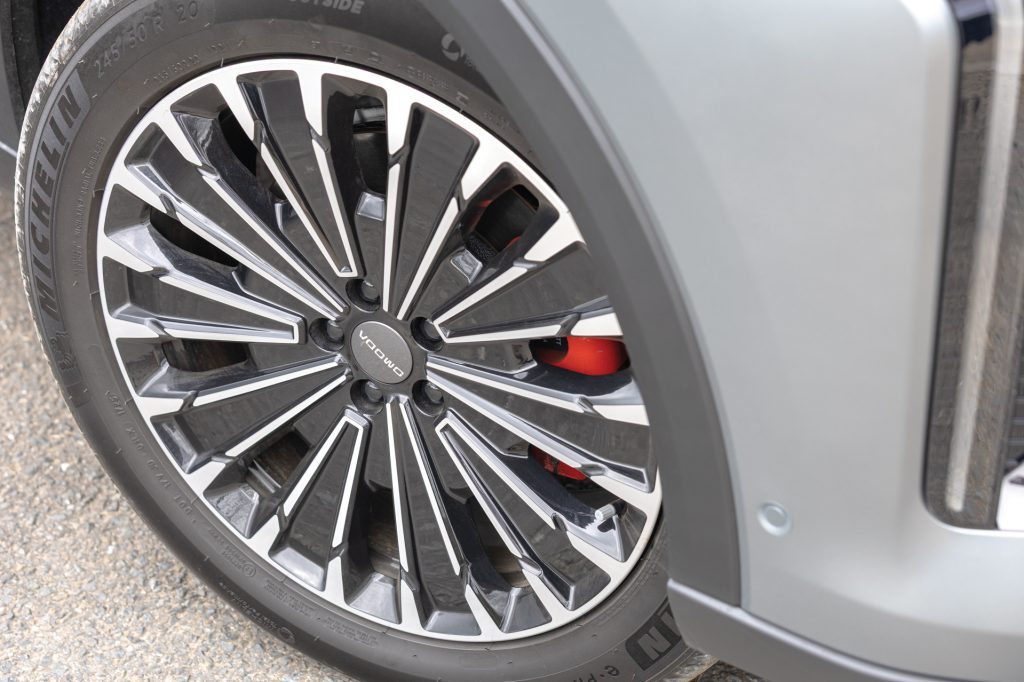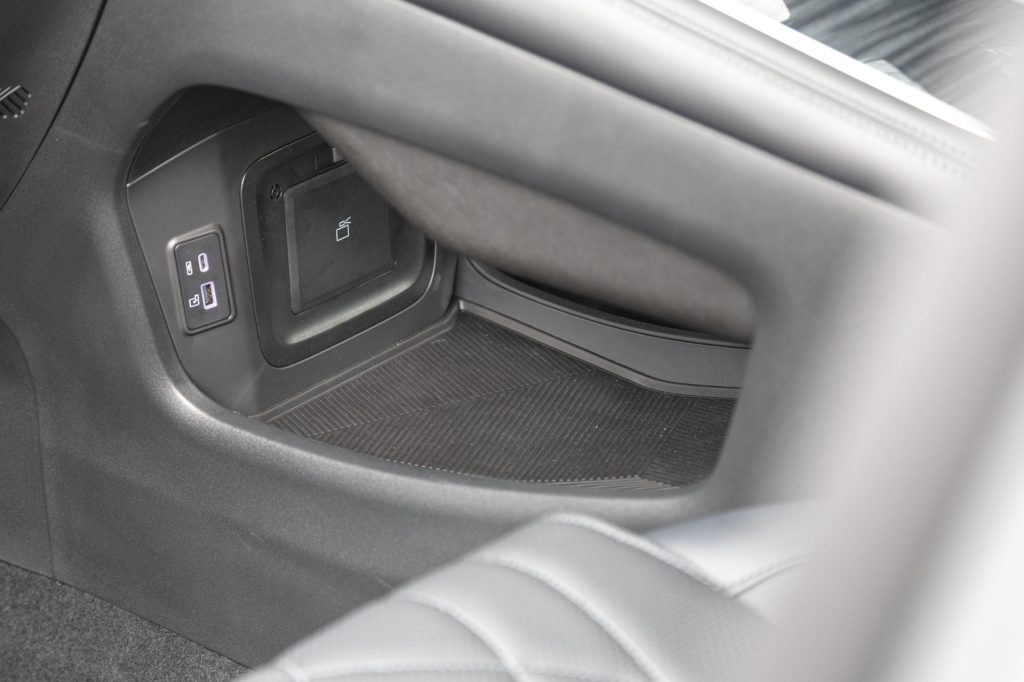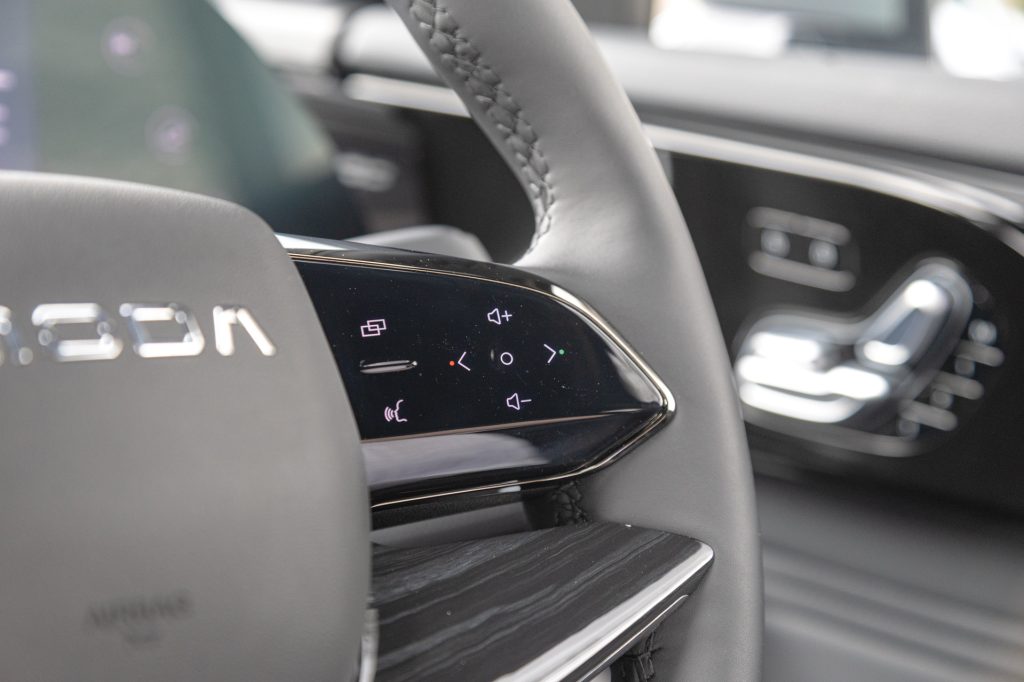2025 Omoda 9 SHS Review
Words: Kyle Cassidy | Photos: Alex Schultz
Omoda expands its line-up with the introduction of a new super hybrid range topper. It has some big numbers attached to it in terms of output and EV range but also pricing. Is it worthy?
The Omoda 9 is a new range topper for the recently arrived Chinese brand, which is one of the tentacles of the Chery conglomerate. While we’ve come to recognise the likes of the Omoda C5 as good value, a bargain even, this is not that. We hadn’t quite caught up on the pricing of the Omoda 9 when we picked it up but thought it must be another value offering. While it is loaded with kit, and packing some pretty hefty hybrid tech, we thought it’d probably be priced around the fifty thou mark. But no, that’s what the Jaecoo J7 SHS costs (which is yet another Chery sub-brand). According to the official information: ”The Omoda 9 is the perfect blend of style, performance and sustainability, a statement of what the brand is capable of and a showcase of its technological advancements.” So we were expecting big things.
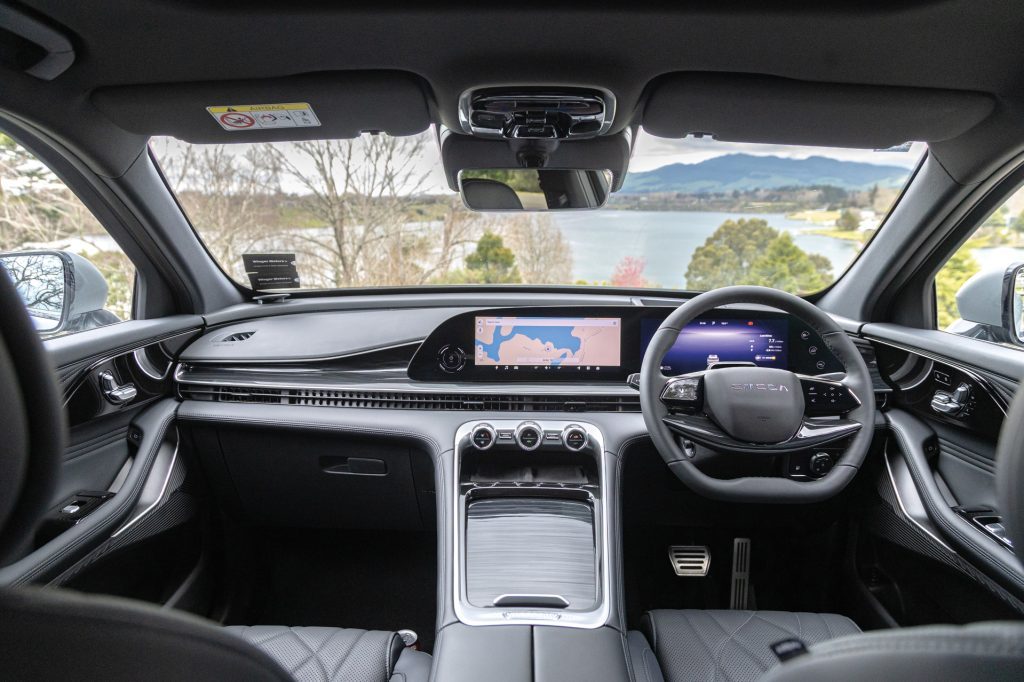
Lots of power, range and style?
The 9 is another super hybrid, with both a big range and a hefty total output. With three electric motors and a 1.5T engine, the Omoda 9 can call on some 395kW of combined power, while a 34kWh battery gives it 169km of EV range. Truth is, you only get that big output when you’re in the right drive mode, with a sufficiently charged battery. And we didn’t quite manage to get that far on battery power alone either.
But it’s a fairly impressive looking machine. It had a lot of people giving it a second glance. That said, some of the styling features we’d seen before, like that Lexus-aping C-pillar. It’s a big machine too, nearly 4.8m long. Step into the rear, and people will find enough room, the flat floor helping with legroom. Folk back there get seat heaters and ventilation too, a separate zone of air conditioning and some USB ports. Take a look at some of the details, and there’s a clear Merc influence. Well, it’s more of a copy really, from the stitching pattern on the seat and door trims, the speaker vents. Everything’s pretty much a replica. Oh well, electrically recline the back rest and relax; the cabin is nicely made, and it’s comfortable back there.
While it’s a big SUV, there’s not a lot of boot space. The 660 litres quoted is measured to the roof, but with its sloping tailgate and a high-set floor, the hold is average for the 9’s overall size. The seats fold flat to increase space and, being a hybrid with a battery out back, there’s no spare wheel.
Up front you’ll find more Mercedes bits like the double doors on the centre bin, the sliding cover on the console and seat controls on the door. The seat itself is overly firm, the squab narrow with stiff bolsters, making it hard to ever get comfortable. And those that rode in the passenger seat all felt the need to complain about their seat too. The split screen also reminds of Mercedes displays from a generation ago, though encased in a more dramatic surround. Its infotainment system isn’t too hard to divine, but can often require a second stab to respond to your request. The voice control is no real help and often confused. This has interesting door openers; they pop open when you push the right button (it’s not quite obvious), and so everyone uses the lever that is present too. With thick pillars, vision is compromised at intersections, while the rearward view is abbreviated. You’ll be using the surround view cam frequently.
What about the hybrid bits?
We managed to extract 116km of EV travel before it moved into HEV mode (which is when the battery gets to 20 per cent charge remaining). That’s when the engine will start operating, which powers the generator to supply the battery with energy. In HEV mode, the trip computer was suggesting fuel use of around 6.9L/100km for expressway cruising, though in town driving, that fell back to 6.0. In EV it was getting through 21kWh/100km.
It has a column-mounted shifter (wonder where we’ve seen one of those before?) but it’s too slow to enact the changes. You have to be stopped completely, with a solid pressure on the brake pedal for it to initiate the switch between drive and reverse. Much of the time you find yourself in neutral, wondering why you’re not going anywhere while cars loom large as you try to complete your U-turn manoeuvre.
When Drive is finally engaged, the power rolls on nicely. Well, once you have worked out how to disable the auto hold function, which adds another layer of hesitation to proceedings. And initially we wondered why the 9 would default to Eco mode, where it feels rather meek for a near 400kW machine. We discovered yet another setting which had been switched off, one that memorises the drive mode selected from the last power down. Normal mode feels quite feisty, with plenty of squirt from a standstill, while Sport is rather humorous. In HEV mode, this feels like a series hybrid; there’s no transmission slurring, just the same instant, smooth delivery. And you can hardly hear the engine churning.
Switching it up
There are too many customisable drive aspects. Like Steering Force which flicks between too light and way too light. There’s roughly zero connection with either setting. This has ‘continuous damping control’ which seems tied to the drive mode selection. It just varies the degree of stiffness (more on that soon). The brake pedal needs a rethink too. You can mess with its sensitivity but it’s either snatchy or a little less snatchy. There’s some useful regen when you’re off the gas (also customisable), helpful because the less you use the brake pedal the better.
While it has the usual plethora of driving aids/hindrances, most are tolerable, or remain switched off, like any kind of lane keeping. The drive monitor is on your case the moment you look away, but only issues a single ding. Active cruise has an intelligent function with lane centering, but it’ll fight you for control of the wheel, so best just to deactivate that and do it yourself. It leaves a large gap to the car in front, and the speed recognition gets flummoxed by those electronic variable signs.
This leans more towards luxo than sport, with the emphasis on lean. While the steering isolates the road, unfortunately those suspenders never really do. The 9 rarely feels settled, and can crash into the bumps. Firing it around a few bends, it feels like there is a lot of brake nipping at play to help keep this on line. And while it can accelerate quite fiercely, it feels very heavy, and is hard to slow smoothly because of that brake action. And there’s plenty of dive and pitching to go with the lean. It’s best to stick to the main highways, ones without too many bumps.
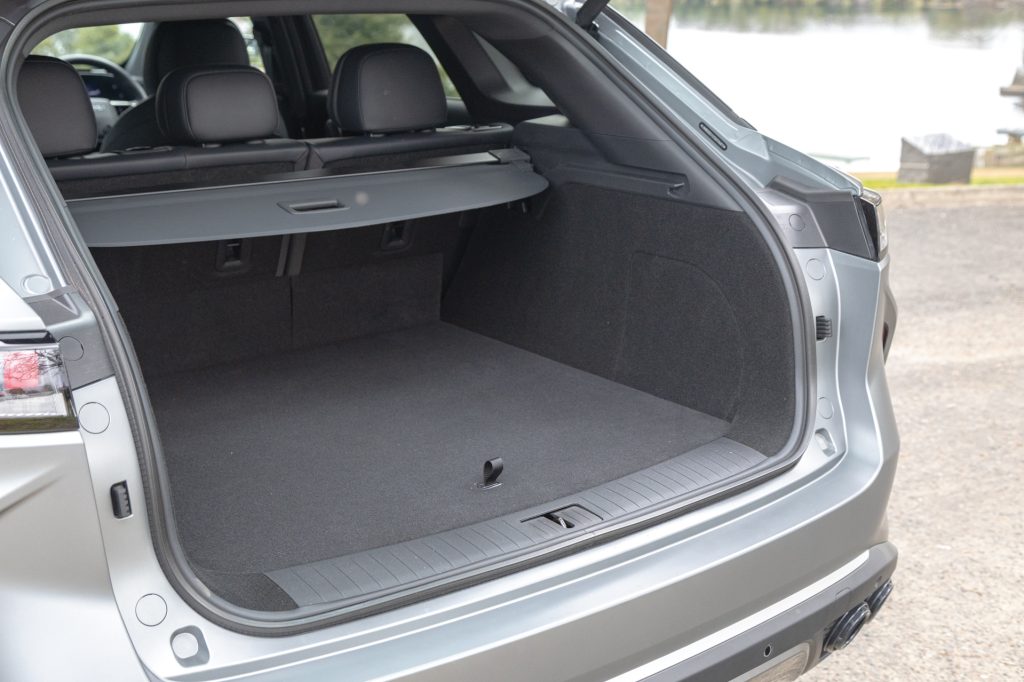
So not quite then?
Nah, especially at the $68,990 Omoda asking. It needs to be a more polished package at that price. As Louisson quipped after a brief drive, you’d be way better off with the J7 SHS, while saving $19k.
Omoda 9 SHS Virtue
$68,990 / 1.4L/100km / 32g/km
0-100 km/h 4.9s
Ambient cabin noise 70.1dB@100km/h
Engine 1499cc / IL4 / T / DI
Max power 105kW
Max torque 215Nm
Motor output 75kW/170Nm +90kW/220 Nm + 175kW/310Nm
Battery 34kWh
Electric range 169km
Hybrid system output 395kW
Drivetrain 3-speed hybrid auto / e-AWD
Front suspension Mac strut / sway bar
Rear suspension Multilink / sway bar
Turning circle 11.9m (2.5 turns)
Front brakes Ventilated discs
Rear brakes Discs
Stability systems ABS, ESP, TV
Safety AEB, ACC, BSM, LDW, RCTA, ALK, AHB
Tyre size f/r-245/50R20
Wheelbase 2800mm
L/W/H 4775 / 1920 / 1671mm
Track f-1670mm r-1664mm
Fuel capacity 70L
Luggage capacity 660 / 1783L
Tow rating Not rated to tow
Service intervals 12 months / 15,000km
Warranty 7yrs / unlimited km
ANCAP rating ★★★★★ (2025)
Weight (claimed) 2203kg
